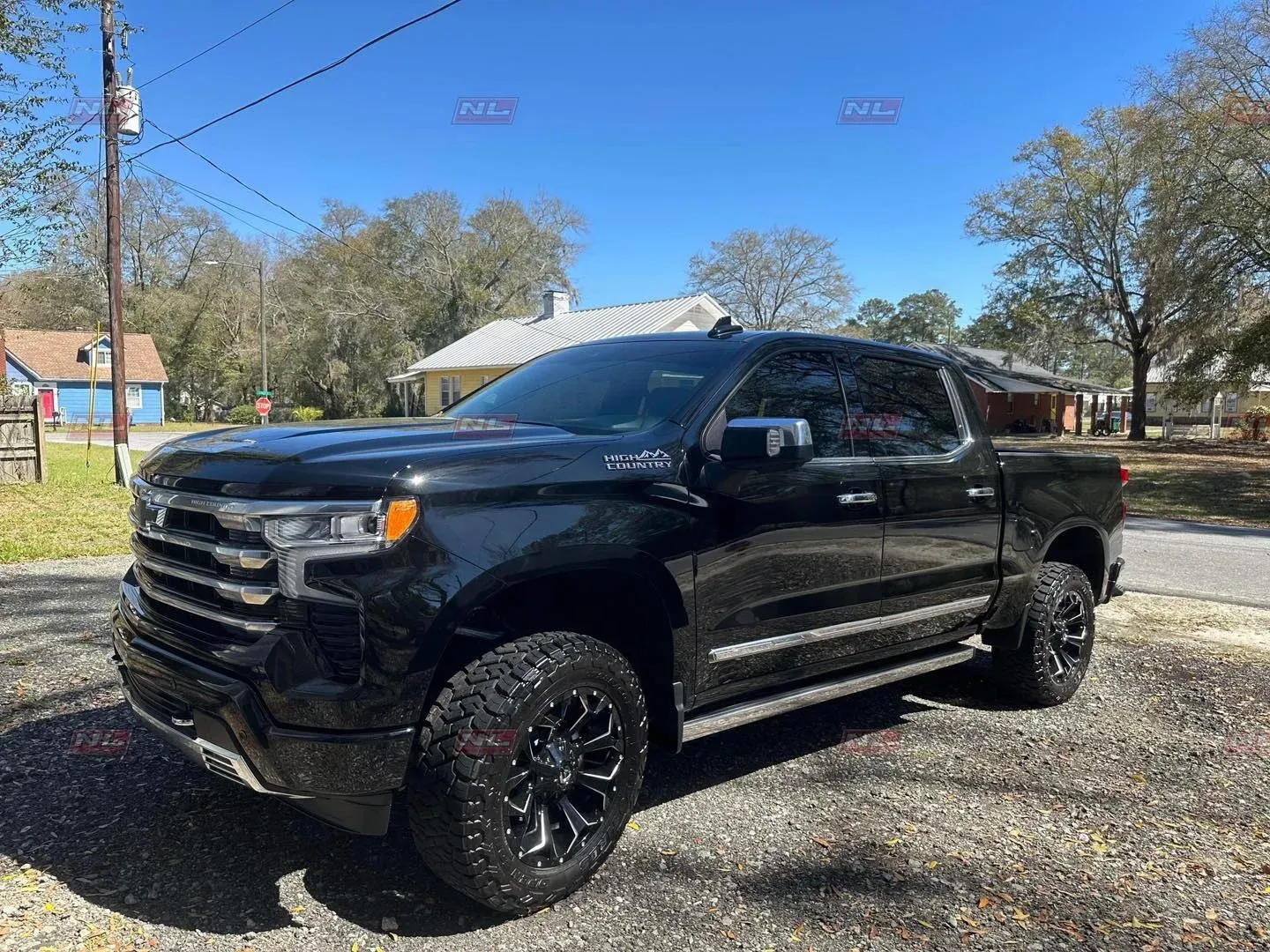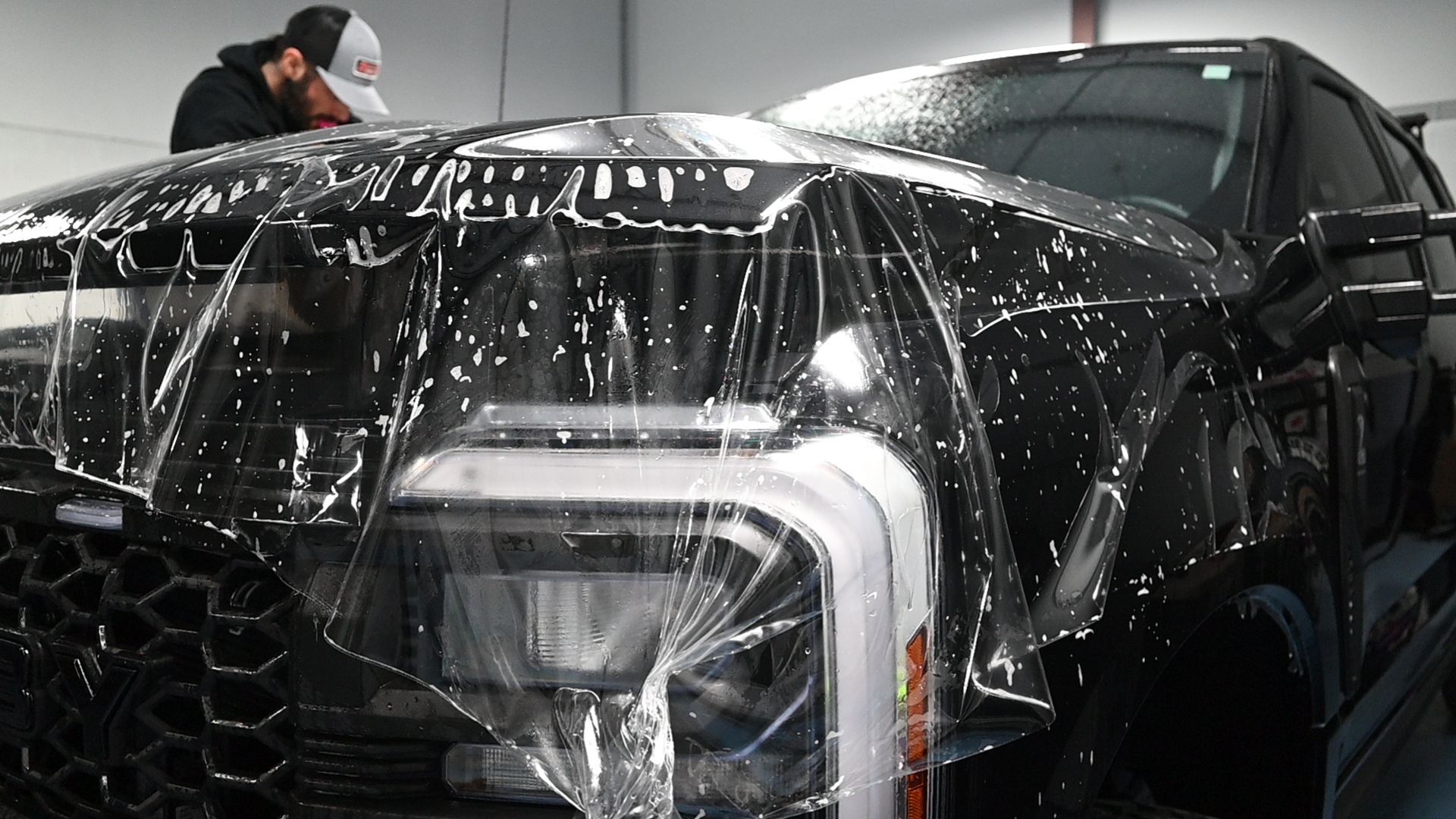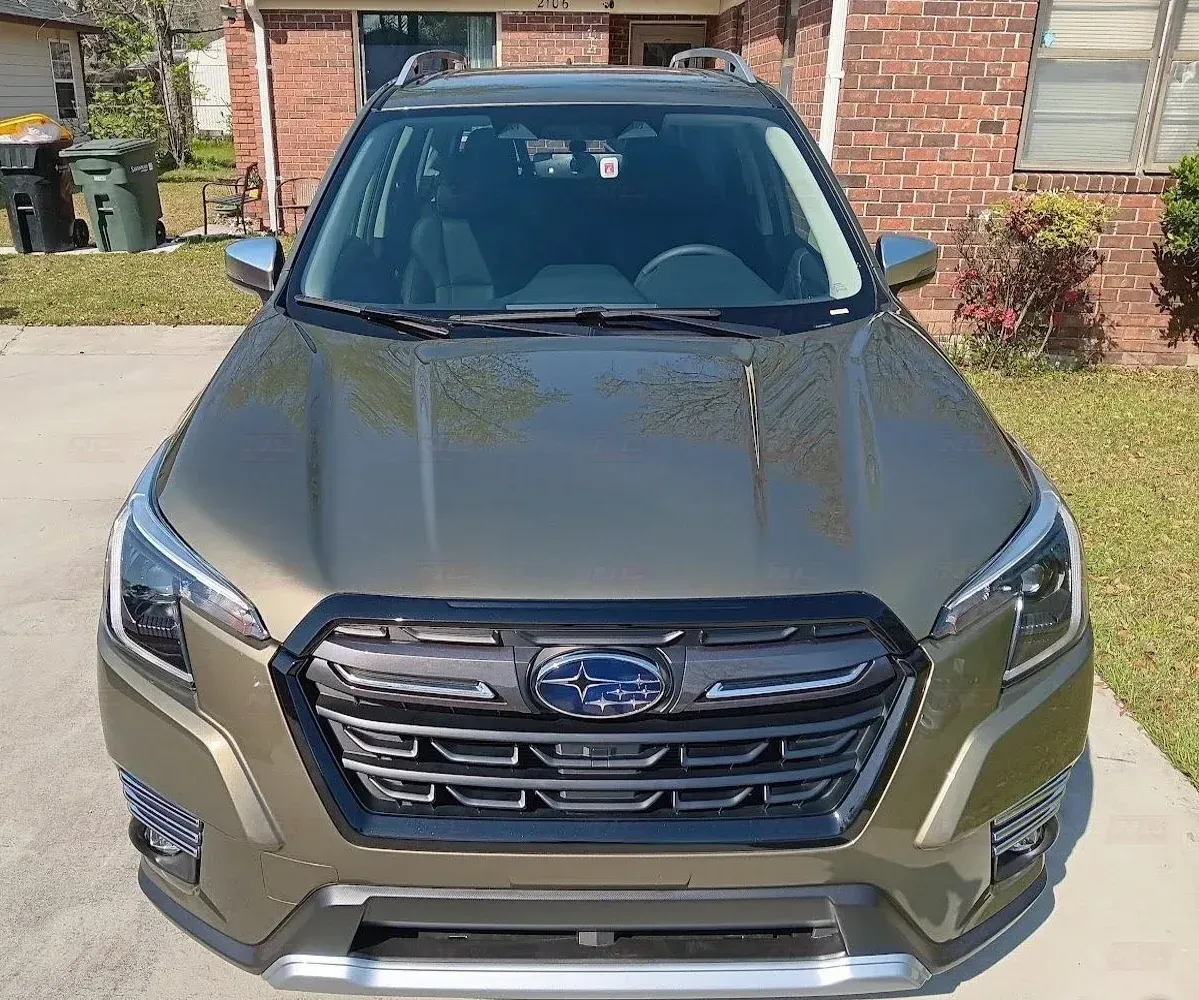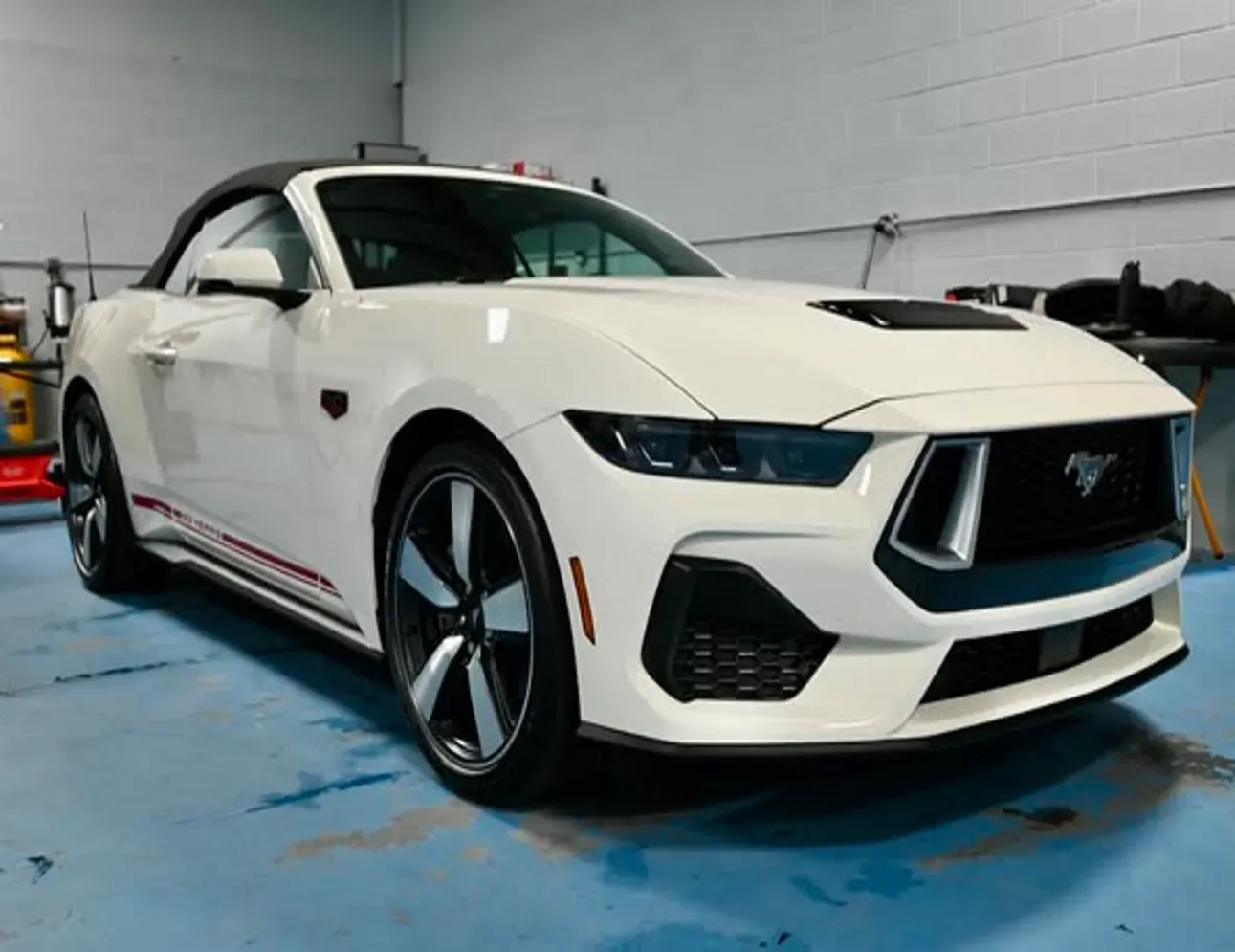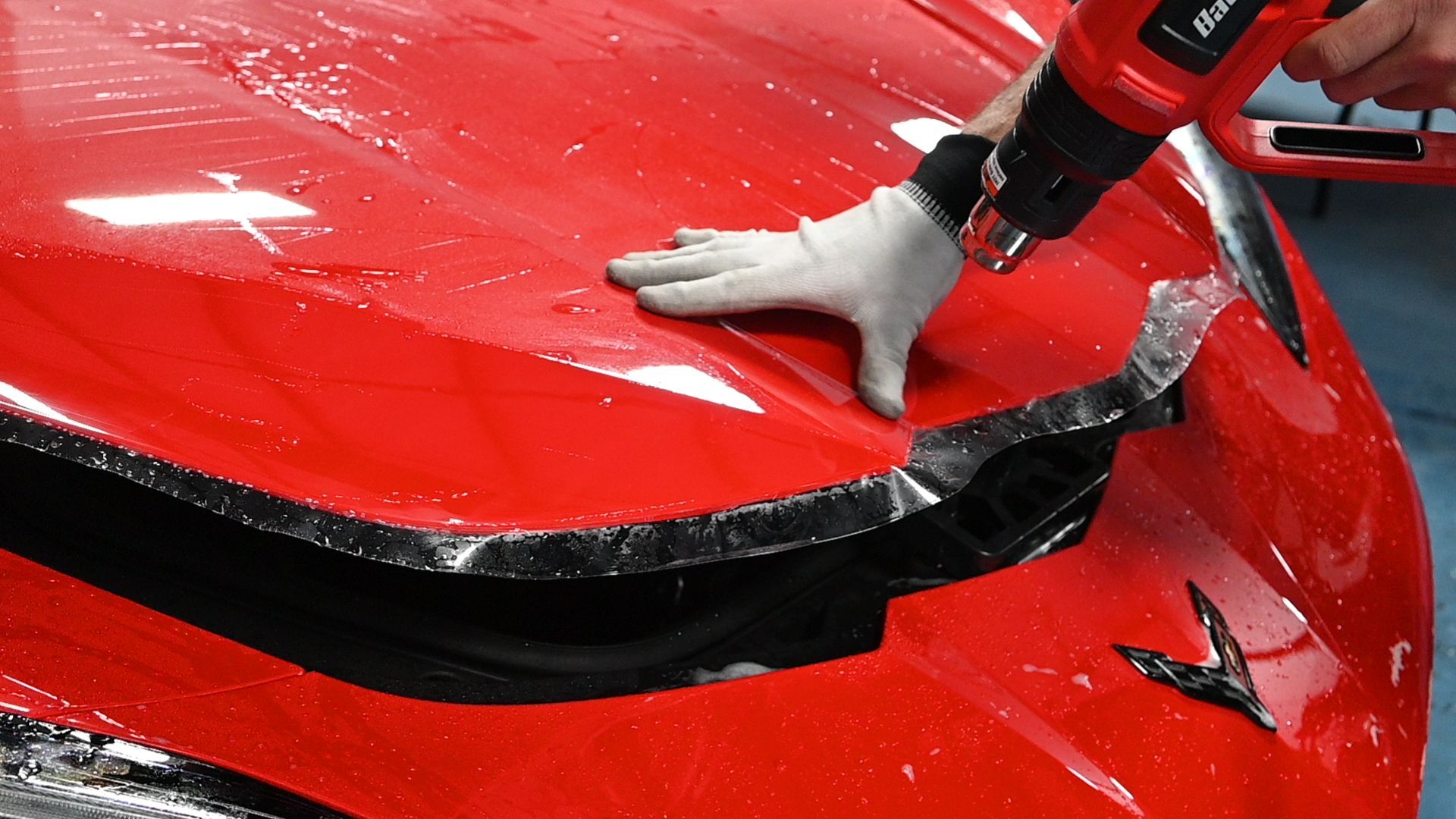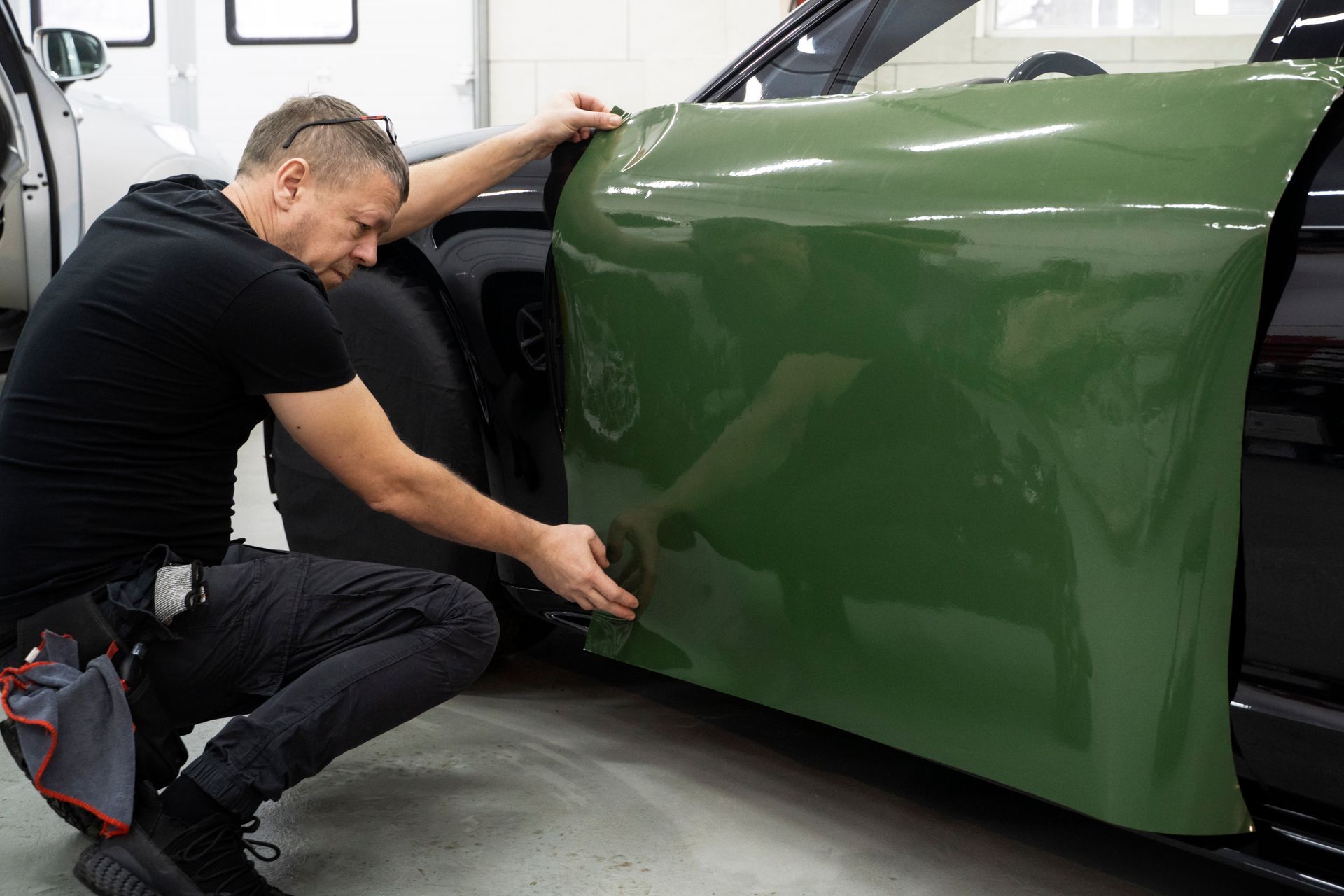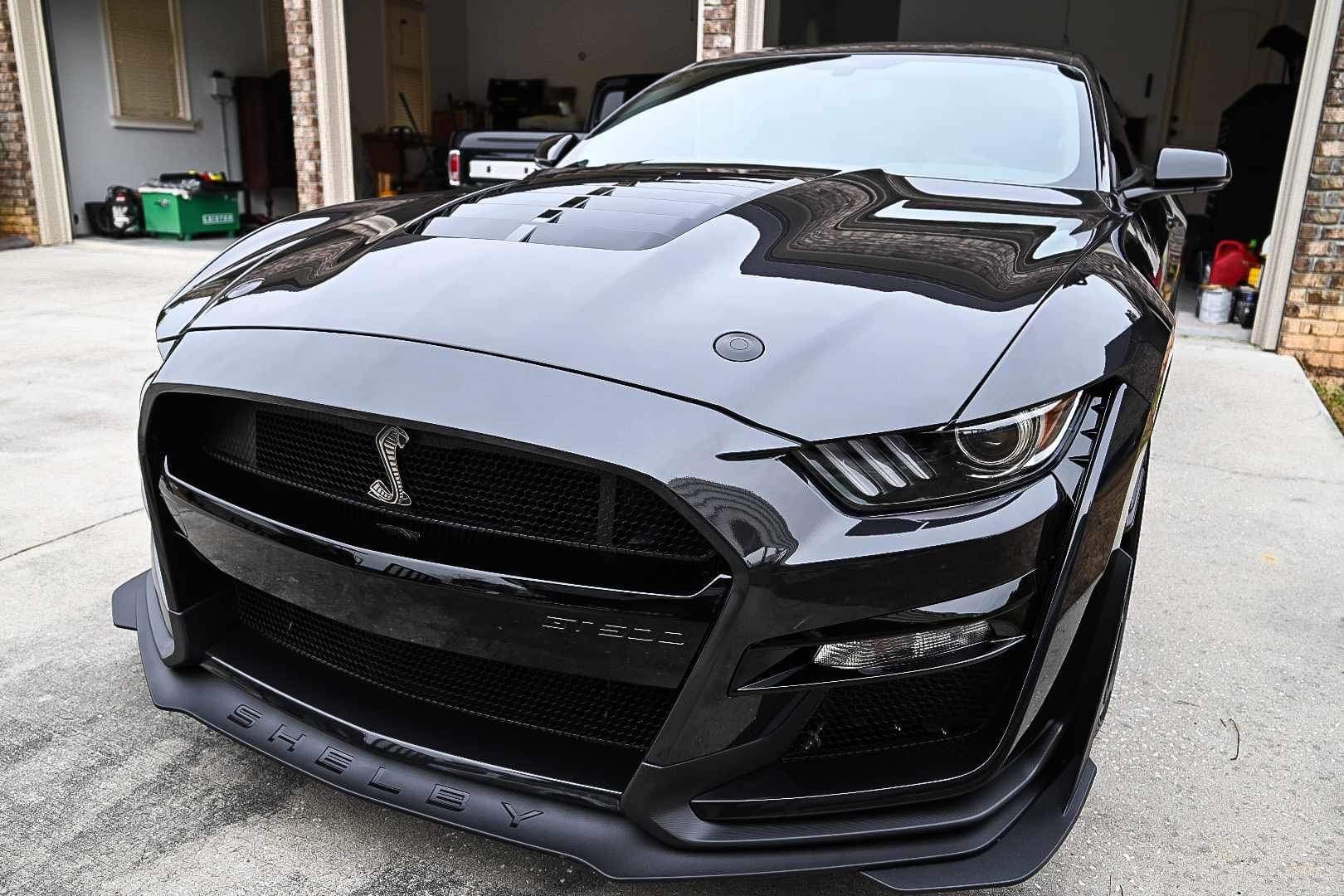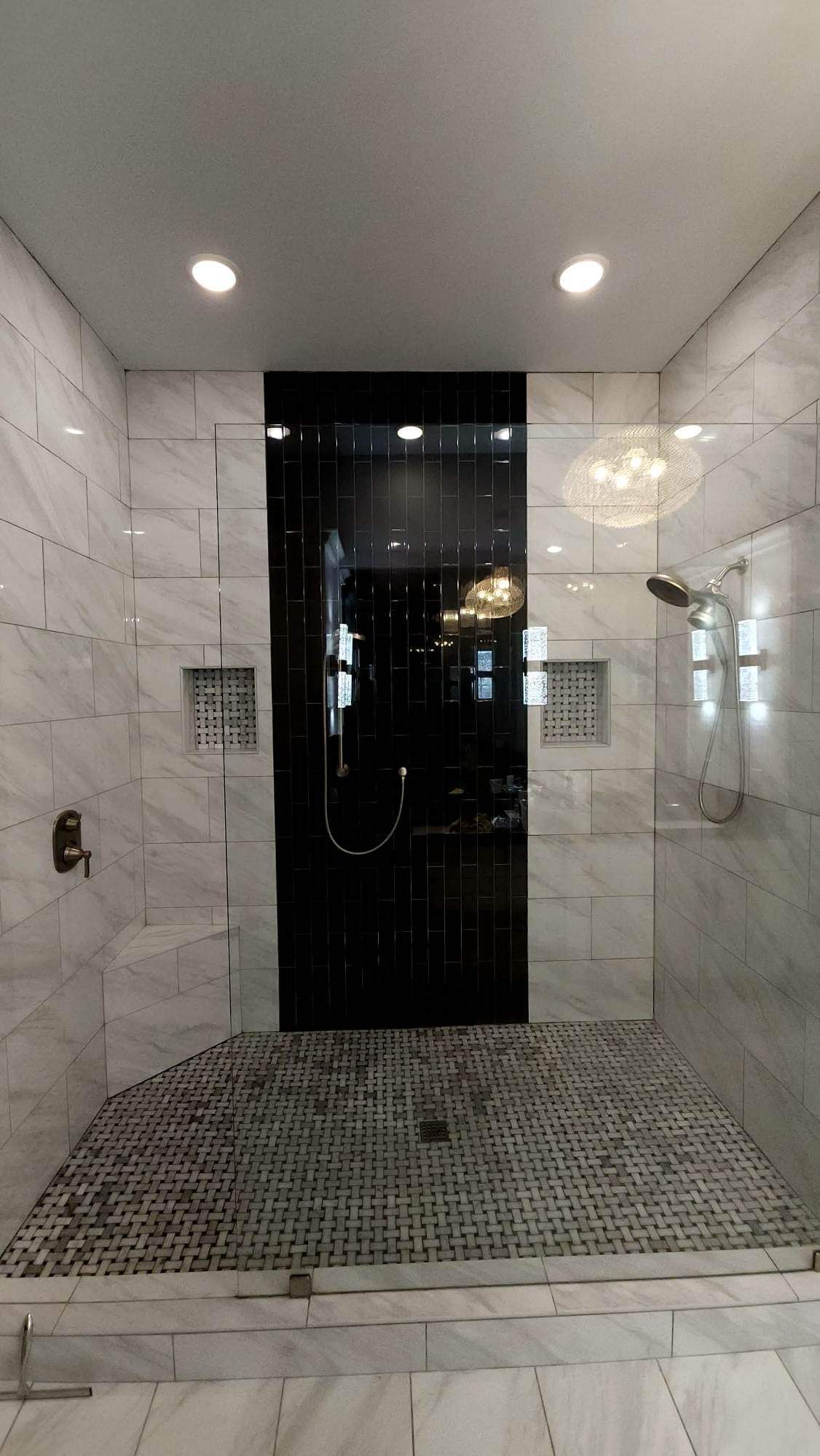How to Professionally Remove Ceramic Coating from Your Car: A Step-by-Step Guide
GET A FREE ESTIMATECALL (912) 656-6947
When it comes to keeping your car looking sharp and shiny, ceramic coating has become a popular way to protect that stunning paint job. However, what happens when that layer of protection starts to fade or isn't applied right in the first place? The idea of removing ceramic coating may feel daunting, but it doesn't have to be! In this guide, we’ll walk you through the process of how to remove ceramic coating. Whether you're dealing with wear and tear or simply aiming for a fresh start, you'll find everything you need right here to make the process smooth and effective.
Reasons to Remove Ceramic Coating
The first reason for considering removal often stems from improper application. Imagine spending time and money on a product designed to protect your vehicle, only to find that it was applied incorrectly. It’s a scenario that happens more frequently than you might think. This circumstance may arise from the application of ceramic coating by an amateur. When ceramic coatings are applied to dirty surfaces or without proper preparation, contaminants can become trapped beneath the coating. This not only compromises its effectiveness but may lead to an uneven finish that detracts from your car's appearance. These imperfections can be frustrating, necessitating removal for the sake of restoring both aesthetics and function.
Another pivotal reason revolves around wear and tear. Over time, environmental elements—like acid rain, harmful UV rays, and even aggressive cleaning chemicals—can take their toll on ceramic coatings. While these coatings are designed to endure, they aren’t invincible and gradually start to show signs of aging. When you notice a loss of sheen or a tacky surface feel beneath your fingers, you're witnessing the early signs that your coating is succumbing to wear.
Symptoms Indicating Coating Removal
- Loss of Sheen: The stunning gloss you once admired has faded away.
- Tacky Surface: You find yourself questioning if your car was coated in resin instead of ceramic; it feels more like glue than protection.
- Dirt Accumulation: Suddenly, your car seems magnetically attractive to grime; dirt clings stubbornly rather than rolling off as intended.
Lastly, scratches and scuffs need attention as they can compromise the integrity of a ceramic layer over time. If your vehicle has suffered minor damages during its service life, those imperfections may weaken the coating underneath. In cases like this, removal will allow for proper repair before reapplying a fresh layer of protection.
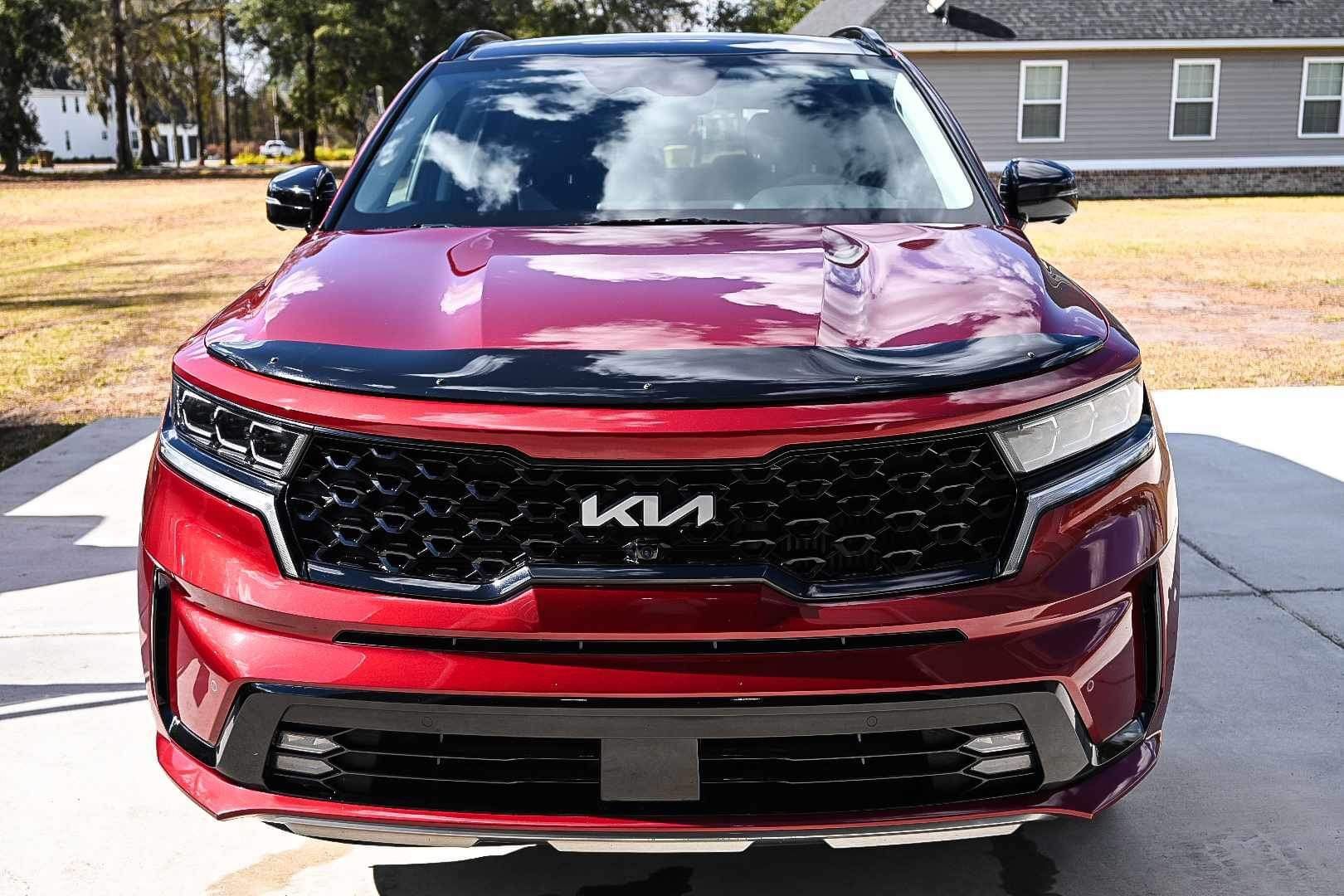
Preparing Your Car for Coating Removal
Prepping your vehicle isn’t just a chore; it’s a vital part of keeping your car’s surface in top condition as you remove the ceramic coating. A thorough preparation lays the groundwork for effective removal, ensuring that you avoid scratches and other damage.
Cleaning and Rinsing
Start by giving your car a thorough rinse to wash away any loose dirt and grime. This step, though seemingly simple, is crucial because even small particles can cause scratches during the removal process if they get caught between your tools and the vehicle's surface. Use a gentle stream of water and make sure to cover every inch of your car. The goal here is to create a clean canvas before you dive deeper into the decontamination process.
Decontamination Wash
Decontamination soaps are designed specifically for breaking down impurities on your vehicle's surface without damaging the paintwork. Solution used by professionals targets embedded contaminants such as grease, oils, and iron particles typically found after exposure to various environmental factors like road debris or brake dust.
Applying this soap directly helps dissolve built-up grime and prepares for easier coating removal, making it almost effortless to wipe away those stains when you're ready.
Mix the decontamination soap according to package instructions, ensuring you use the right dilution ratio to maximize effectiveness. Apply it liberally using a microfiber wash mitt and focus on areas where you notice heavy buildup—typically around wheel wells, lower body panels, and rear brake calipers.
Clay Bar Treatment
After rinsing off the decontamination soap, it's time for the next step: using a clay bar treatment. This technique is vital in removing microscopic contaminants that have lodged themselves into your paint but are too stubborn for normal washes.
Always remember to use a lubricant with the clay bar! A dedicated clay bar lubricant will help facilitate movement over the car's surface while preventing scratches. Gently glide the clay bar over each section of your car's surface, feeling for rough spots that indicate embedded pollutants being lifted away. When you're done with one section, simply fold the clay over itself to expose a fresh side and continue to another area.
Not only does this process ensure your paint is smooth as glass before beginning removal, but it also enhances bonding if you're planning on applying a new ceramic coating afterward.
Essential Tools and Materials
When it comes to removing ceramic coating from your car, having the right equipment can mean the difference between a successful job and a frustrating experience. It’s not just about the products themselves; it’s knowing how each tool plays a role in the removal process.
List of Tools
- Orbital Polisher: This is your main weapon in the battle against ceramic coatings. It helps buff away the coating evenly, while its dual-action minimizes the chances of burning through the paint. A good-quality polisher makes the task less labor-intensive and yields a smoother finish.
- Microfiber Towels: Soft, plush microfiber towels are essential for wiping off products without scratching your vehicle's surface. Avoid old rags that might hold dirt; they can create swirls and micro-scratches on your car's paint.
- Clay Bar: This handy tool kicks off decontamination before actual coating removal. The clay bar captures embedded particles like sap, dirt, or other contaminants that could hinder your polishing efforts. Using it ensures you start with a clean canvas, allowing for effective and safe removal.
- IPA Solution: Isopropyl Alcohol is crucial for giving your car that final wipe-down after polishing. Diluted properly, it removes leftover oils or residue from compounds used previously. Rinse well before applying this solution to avoid streaks.
- Compound Polish: This product cuts into layers of ceramic coatings. Choose a compound polish designed specifically for paint restoration; these vary widely in formulation and effectiveness.
Choosing the Right Products
Not all polishes or compounds are created equal, which is an important consideration when planning your removal strategy. When you opt for professional-grade products from reputable brands, you invest in reliability—a crucial factor when dealing with delicate automotive finishes. These products deliver consistent results and are engineered to be gentle enough for various paint surfaces while still being tough on coatings.
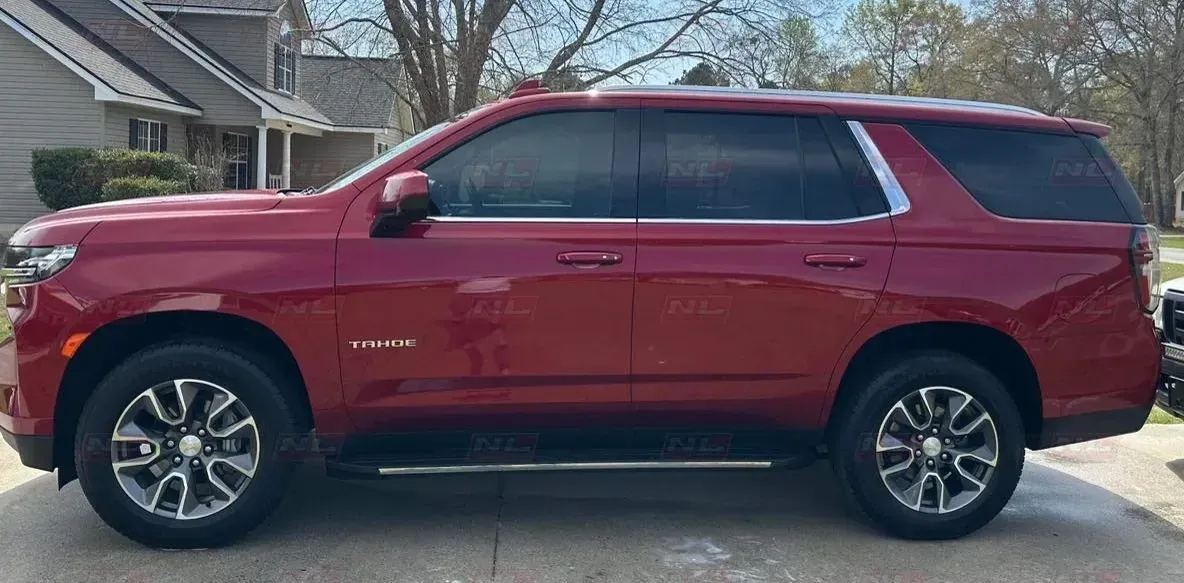
Techniques for Removing Ceramic Coating
The techniques for removing ceramic coating can greatly influence the outcome. While each car's condition may require different approaches, following a series of well-thought-out steps can make the task manageable and effective. Always begin with assessment—this ensures you’re on the right path from the get-go.
Step 1: Spot Check
Before diving into the removal process, conduct a spot check to gauge the effectiveness of the existing coating. To do this, spray water on a small section of your vehicle’s surface. If the water beads up and rolls off, consider it a sign that the coating is still intact. However, if the water sits flat or begins to spread, it likely indicates that the coating has degraded significantly over time. This first step helps you determine whether a full removal is necessary or if simple rejuvenation techniques might suffice.
Step 2: Application of Compound Polish
Once you've assessed the situation, it's time to move onto polishing. Use a high-quality cutting compound and attach it to a microfiber pad on an orbital polisher. It’s beneficial to work in small sections; applying too much product at once can lead to uneven coverage or even damage to the paint beneath the coating. Start with consistent, medium pressure on your polisher until you see signs of progress. This meticulous approach helps ensure that you are removing precisely what's needed without causing harm—a common concern when dealing with hard coatings.
Step 3: Buffing
After applying your compound polish, buffing becomes essential to achieving a clean finish. Begin buffing at a lower speed; this helps you control the tool better and minimizes chances of swirling in your paintwork. As you gain confidence in how the compound is responding, gradually increase the speed of your polisher for more effective removal of any residue left behind by the ceramic coating. Keep an eye out for buildup during this process; periodic checks will let you know if you need to change pads or apply more product as necessary.
Once you’ve successfully removed the ceramic coating, it’s crucial to give the surface some extra care and attention to restore its original shine, preparing it perfectly for the next phase in revitalizing your vehicle's appearance.
Restoring and Protecting Your Car's Finish
The delight of seeing your car sparkle under the sun is an achievement worth maintaining. To ensure that stunning finish lasts, a beneficial first step is applying a new coating. A fresh layer of ceramic coating or a high-quality sealant creates a barrier against harsh environmental elements such as UV rays, acid rain, and pollution. This not only provides long-term protection but also enhances the gloss and depth of your vehicle's paint, giving it that brand-new appearance even after months of use.
Applying a New Coating
When you choose to apply ceramic coating, it’s essential to prepare for optimal results. A thorough cleaning and decontamination process should precede the application. Any imperfections or contaminants need to be eliminated for the best finish. This attention to detail ensures that the coating adheres correctly, providing the longest-lasting protection possible.
Regular Maintenance
Developing a regular maintenance routine is vital to prolonging the life of your new coating. Scheduling washes every two weeks helps remove dirt and grime that could wear down that protective layer over time. Moreover, incorporating quick detailers or spray-on ceramic sealants can provide additional protection on a more frequent basis.
Why Choose Professional Services?
You may wonder why it's beneficial to opt for professional services rather than doing it yourself. Professionals like those at Northern Lights Home & Auto Coatings have extensive knowledge and experience in applying coatings flawlessly.
Overall, protecting your car's finish doesn’t just enhance its beauty; it preserves its value while ensuring you enjoy that radiant look for many years to come. Making informed choices about coatings and maintenance leads to a lasting impression on both your vehicle and any passengers who ride in it.
To explore options for safeguarding your vehicle’s finish with our expert services, feel free to reach out at Northern Lights Home & Auto Coatings or call us at (912) 656-6947 today!

